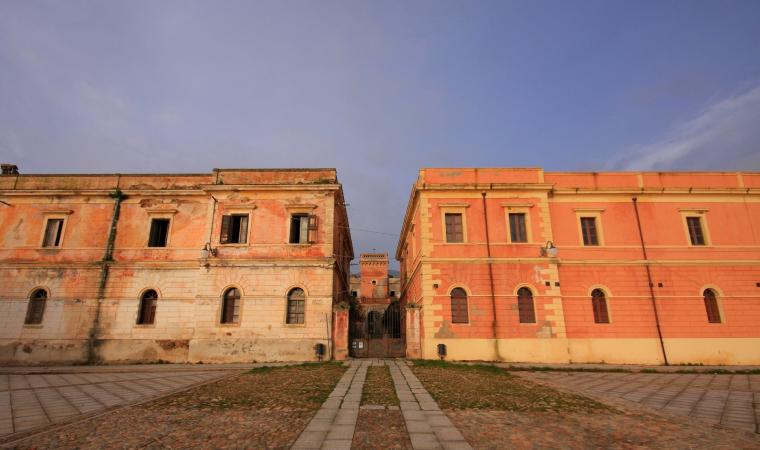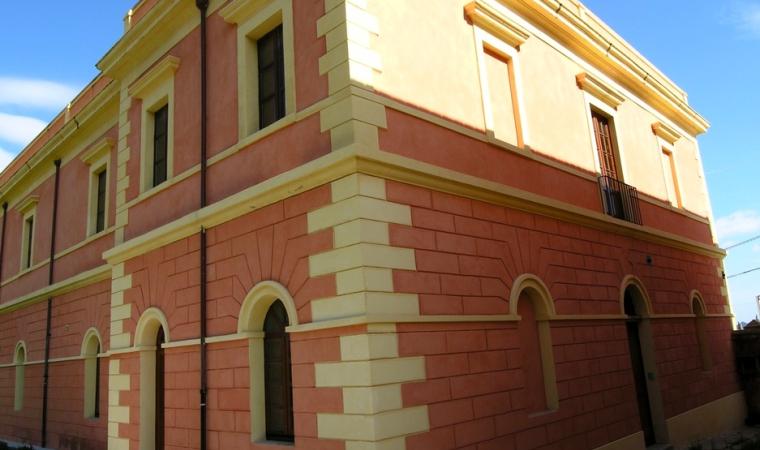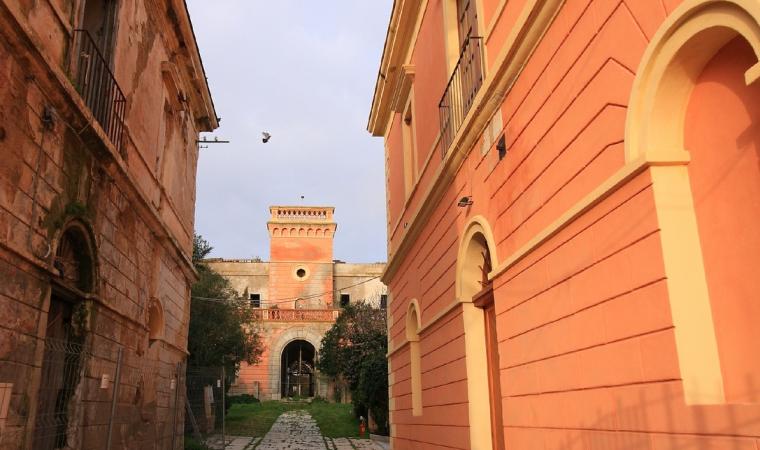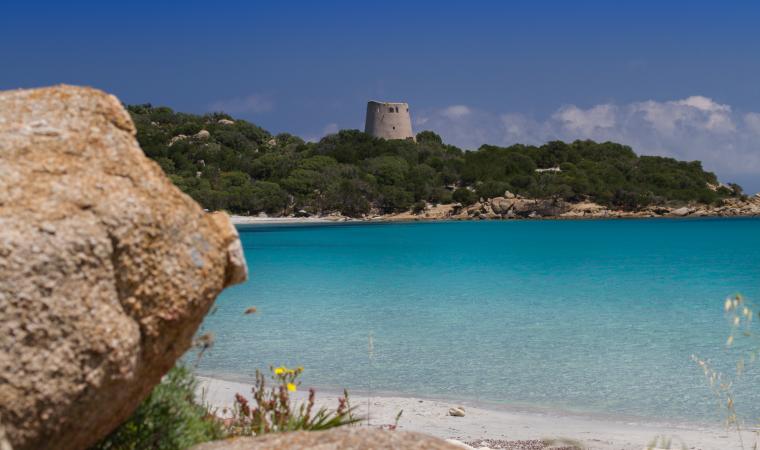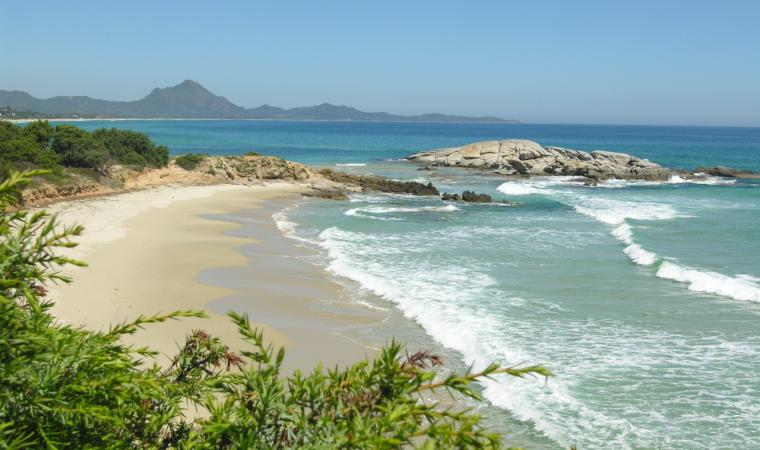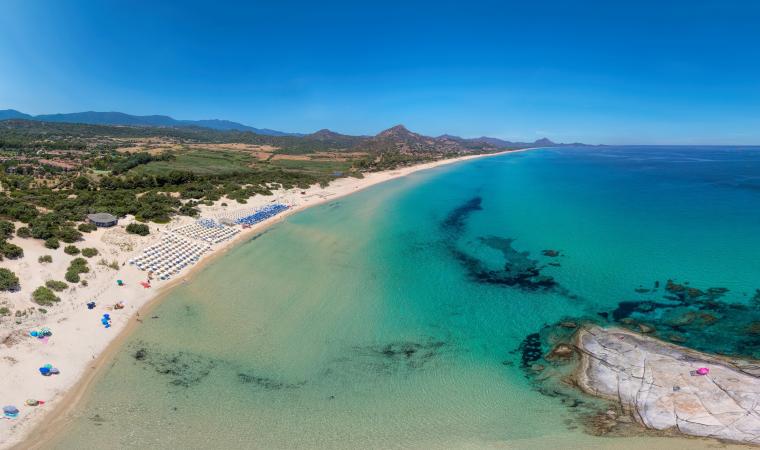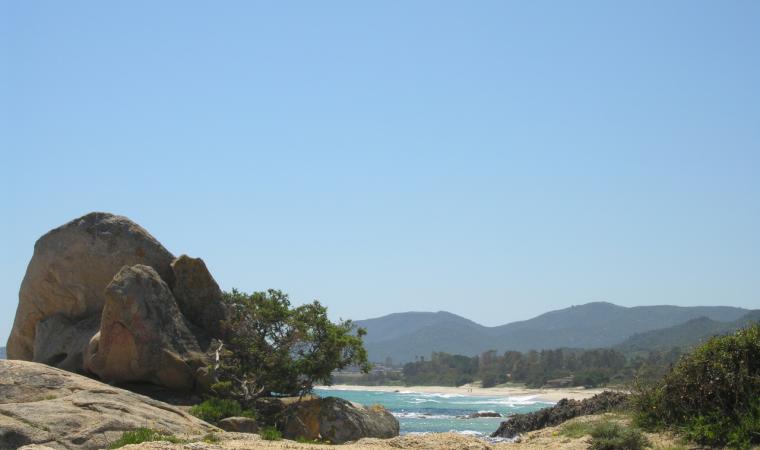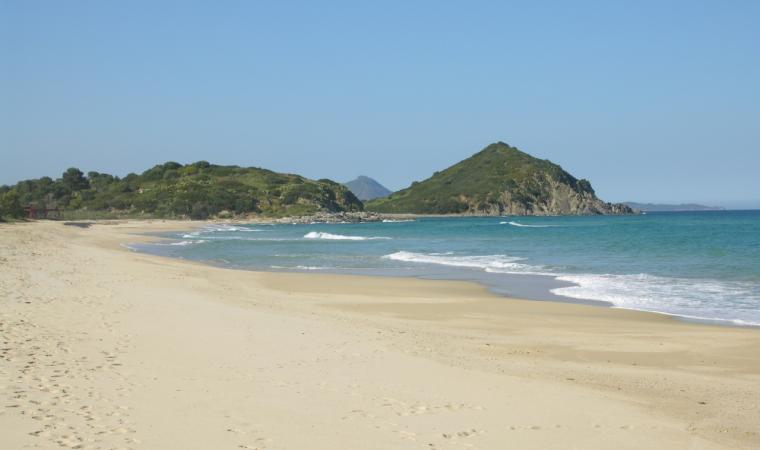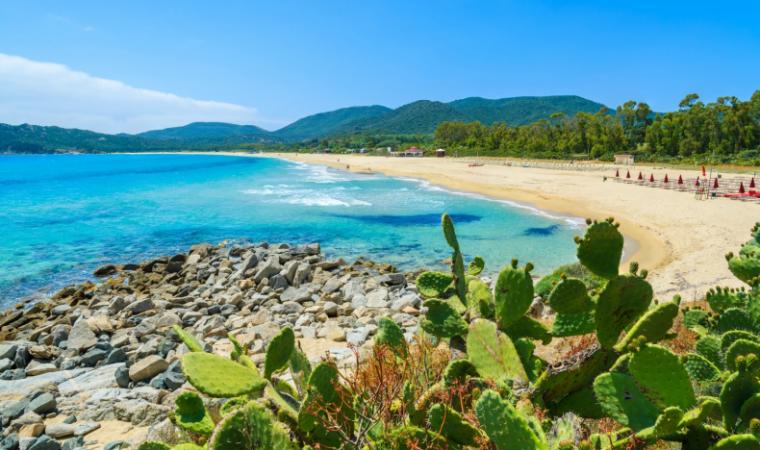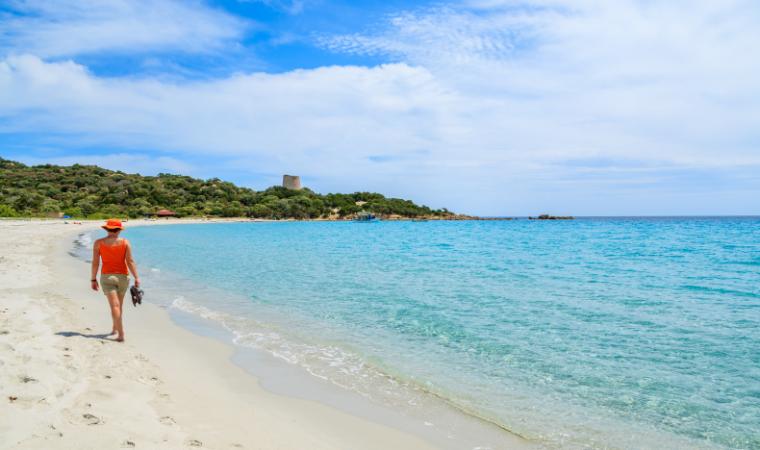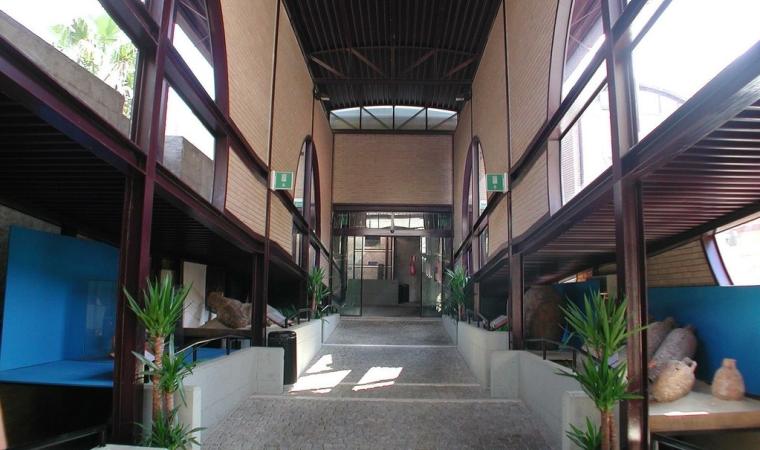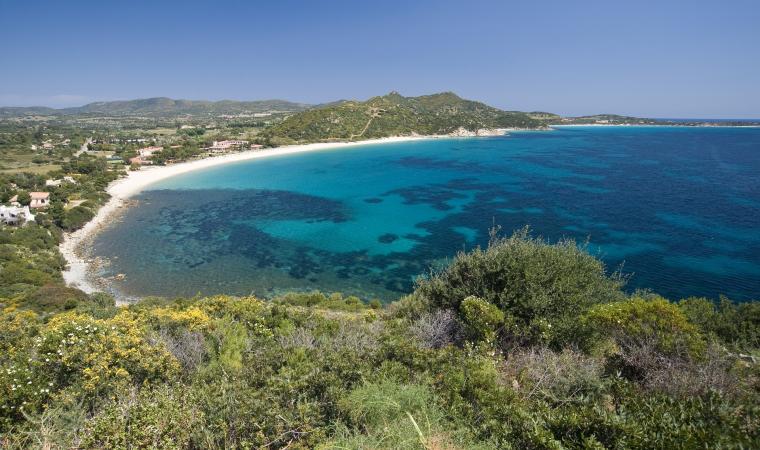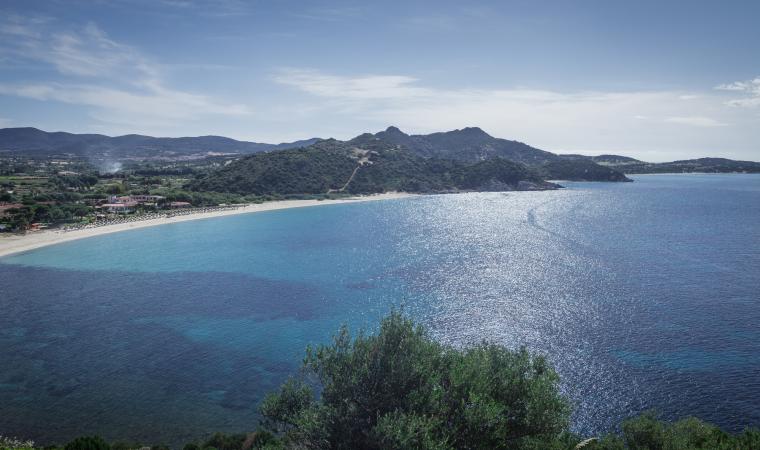It all began with a landing on the wonderful and at that time deserted beach of Cala Sinzias. This event led to the creation of the biggest Italian agricultural penal structure, which has now become an elegant administrative and cultural centre and the ‘heart’ of a young municipality. The former penal colony of Castiadas is located in the central hamlet, one of the sixteen dotted between the coast and the hinterland, creating the ‘scattered’ village, which became autonomous in 1986. Thirty prisoners and seven prison guards from Cagliari reached the area by sea in August 1875 to start reclamation work after centuries of abandonment. In fact, the Sarrabus region was a marshy territory, uninhabited due to malaria and plague epidemics. The first nucleus of the colony originated on the hill of is Praidis and later on, also thanks to the addition of hundreds of other prisoners, numerous structures were built until it developed into a real self-sufficient citadel.
The countryside was reclaimed and vineyards, olive groves, orchards and cereal crops were planted. Workshops and carpentry shops arose around the management building, the director’s villa and the prison facilities. The colony was also able to count on a hospital, an emergency room, a chemist and post office. Between prisoners, agents and employees with their families, it accommodated more than two thousand people.
In addition to the redevelopment of the area, the aim of the colony was also the future social reintegration of the convicts, who received basic schooling and learned a trade. The colony ceased its activity in 1952, when the Sardinian Land and Agricultural Transformation Agency acquired the management of the territory and reorganised it by dividing it into various companies. It closed for good four years later: the prisoners were transferred to other penal colonies, including those of is Arenas, in the territory of Arbus, and on the island of Asinara.
In the management rooms you can visit the Territorial Museum, spread over two floors, where you can learn more about the history of the colony and Sarrabus traditions. You can observe the conditions in which the prisoners were confined by visiting the prison rooms, followed by a complete change of atmosphere, admiring the garden and rooms of the director’s villa, now also used as a location for events and ceremonies. Also, a few steps away from the villa and management, you will find the Church of San Basilide, built by the prisoners at the end of the 19th century. The small temple has a single nave and features a stained-glass window at the entrance, depicting the saint after whom it is named. Moving about 500 metres north of the villa, you can visit the historic cemetery.
Just over ten kilometres separate the former colony from the long and spectacular coastline of Castiadas, along which the beautiful beaches of Cala Pira, Cala Sinzias, Cannisoni, Marina di San Pietro and Monte Turno alternate and, beyond them, the enchanting expanse of white sand of Costa Rei begins.



